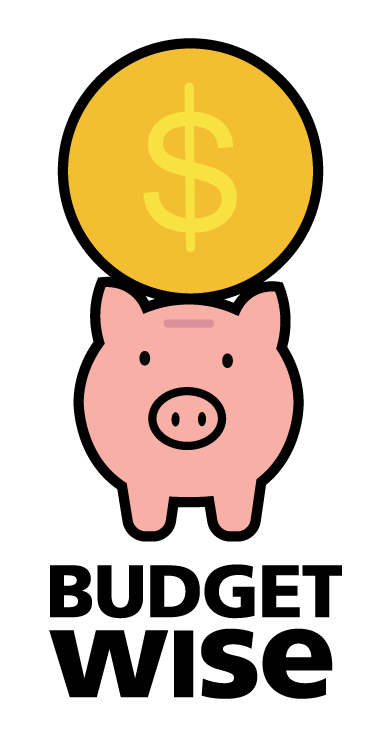
Houses, cars and college aren’t the only major expenses in life. Whether you’re funding a new business venture, paying off an unexpected medical bill or simply trying to consolidate debt, there are plenty of circumstances in life that require more money than you have in your bank account. In such cases, taking out a personal loan can provide the financial relief you need.
If you’re wondering how to apply for a personal loan, it’s a simple process that you can start right from the comfort of your own home.
What Is a Personal Loan?
Before we get into the process of how to take out a personal loan, let’s spend a moment on the loan itself.
“Personal loan” might sound self-explanatory but make sure you’re aware of what exactly it entails before applying. A personal loan is a lump sum of money borrowed from a financial institution. The funds can be used for just about anything.
The borrowed amount, plus interest, is paid back in monthly installments over the predetermined length of the loan, which typically ranges from two to five years.
There are two types of personal loans: secured and unsecured. The former requires collateral, such as a house or car. Unsecured loans do not require collateral but may come with higher interest rates. Most personal loans are unsecured.
Check Your Credit Score
Lenders will consider all aspects of your financial status to determine what loan terms to offer. These include the state where you are employed, your income and outstanding debts. But the contributing factor will be your credit score, which lenders use to gauge how likely you are to pay back your loan.
To check your score, request a copy of your credit report from AnnualCreditReport.com. You’re entitled to a free copy from each of the three major credit bureaus (Equifax, TransUnion and Experian) every 12 months. (Due to COVID-19, all three credit bureaus are offering free weekly credit reports through 2023). If you catch a mistake on one of your reports, contact the appropriate bureau right away.
Consider Ways to Improve Loan Terms
If your credit score is still less than ideal, you still have some options to get a low personal loan interest rate. If you don’t need the loan immediately, you may want to consider holding off on the application. This will give you time to raise your credit score and secure a loan with more favorable terms.
If you need the funds sooner, consider adding a co-signer with good credit. Attaching their high credit score to the loan will often result in a lower interest rate.
Gather the Necessary Documents
Once you’ve chosen your lender (your options include banks, credit unions and vendors like AAA Northeast) it’s time to apply. The first step is gathering all the required paperwork.
Each lender is different but expect to need documents proving identification (passport, driver’s license, Social Security card), residence (utility bills, mortgage statement, lease agreement) and income (pay stubs, bank statements, tax returns).
Apply for Your Personal Loan
With all your information in hand, lenders will run a hard credit check and determine whether or not to approve you for the loan. If you are approved, you’ll have a chance to review the final terms of the loan. Make sure to read the fine print of the offer. In particular, check for any additional fees that may be included.
If you accept the loan, you can usually expect to have the money in your account within a week.
Looking to take out a personal loan? AAA offers low-rate personal loans with an easy application process and fast approval. Get started today.















